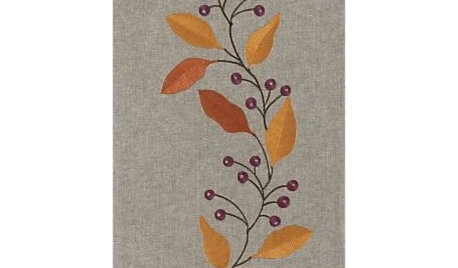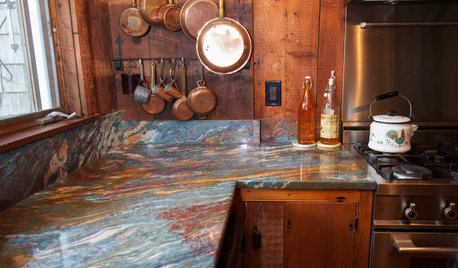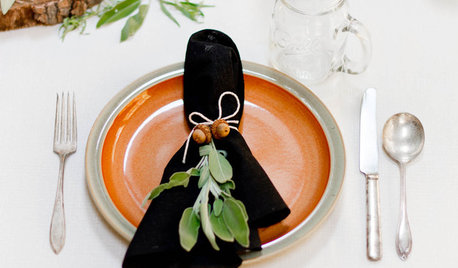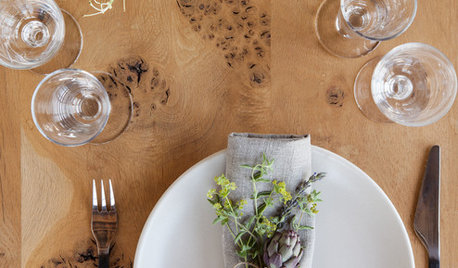Cranberries
blueridgemtngrl
14 years ago
Related Stories

Guest Picks: 20 Ideas for Your Thanksgiving Table
Decorate the holiday table with the colors of cranberries, pumpkins and sage
Full Story
FURNITURESlipcovers: Problem Solvers With Style
9 Great Ways to Change Up Your Look With the Ever-Practical Slipcover
Full Story
HOUZZ TOURSHouzz Tour: Color Brings a Family-Friendly Show House to Life
Apple green, salmon pink and bodacious blues dance through fabrics and furnishings in a Pennsylvania show house
Full Story
MY HOUZZMy Houzz: Barn Wood Touches for a New England Home
Rustic charm and personality define this family’s traditional Cape Cod home
Full Story
ENTRYWAYSHelp! What Color Should I Paint My Front Door?
We come to the rescue of three Houzzers, offering color palette options for the front door, trim and siding
Full Story

DECORATING GUIDESDecorating With Nature in Fall and Winter
Bringing the beauty of the changing seasons inside is easy and inexpensive. Here are 16 ideas to get you started
Full Story
ORGANIZINGOrganizing Secrets: It’s the Little Things
Get these 8 small areas under control for a major boost in overall tidiness at home
Full Story
DECORATING GUIDESWhat Goes With Leather Furniture?
If that hide-covered sofa is making you seek decorating solutions, we’ve got just the pairings for you
Full Story
HOLIDAYSHouzz Call: Share Your Personal Holiday Traditions
What winter rituals mean the most to you and yours? Post your stories and pictures
Full Story





Ali Eggenburg Alldredge
mudflapper
Related Professionals
Surprise Landscape Architects & Landscape Designers · Hershey Landscape Architects & Landscape Designers · Zion Landscape Architects & Landscape Designers · Goodyear Landscape Contractors · Cambridge Landscape Contractors · Gainesville Landscape Contractors · Mission Viejo Landscape Contractors · Rockwall Landscape Contractors · Saint George Landscape Contractors · Sammamish Landscape Contractors · Washington Landscape Contractors · Maplewood Landscape Contractors · San Marcos Carpenters · Columbus Siding & Exteriors · Ft Washington Siding & ExteriorsLena M
poetinwood
solanaceae
tsugajunkie z5 SE WI ♱
solanaceae
denninmi